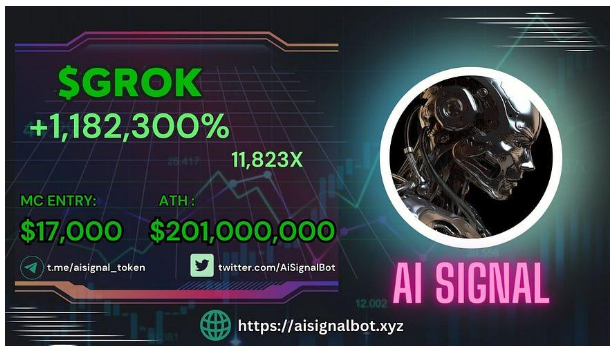School ERP Software – Manage All the Administrative Tasks Efficiently
School ERP is a software solution designed to oversee the management of various resources, data, and operations within a school. This encompasses a spectrum of functions, ranging from financial management and accounting to student records and even personnel administration. While ERP software is also utilised in corporate settings, its value is particularly pronounced within educational institutions owing to the substantial volume of data they manage on a daily basis.
Benefits of School ERP Software
1. Efficiency Enhancement: Automation reduces manual tasks, mitigating errors and saving time for educators and administrators.
2. Transparent Operations: Portals empower parents, students, and staff to access pertinent details, fostering transparency and communication.
3. Time and Cost Savings: Streamlined processes decrease paperwork and operational costs while optimising resource allocation.
4. Data Security: School ERP incorporates robust security measures, safeguarding sensitive educational data.
5. Informed Decision-Making: Access to real-time data informs administrators’ decisions regarding curriculum, resources, and management strategies.
6. Compliance and Reporting: The School ERP can assist in meeting regulatory requirements by generating reports and documentation needed for audits and inspections
7. Integrated Information: ERP systems consolidate various functions such as student records, financials, and human resources, enabling easy access to comprehensive institutional information.
8. Efficient Fee Management: The software simplifies fee collection, tracking payments, generating invoices, and sending automated reminders for pending payments, reducing administrative workload.
9. Better Student Performance Monitoring: Educators can closely monitor student progress, identify areas needing improvement, and provide timely interventions.
10. Remote Accessibility: Cloud-based ERP solutions offer remote access, allowing stakeholders to stay connected and updated from anywhere with an internet connection.
Key Features of School ERP Software
1. Comprehensive Information Management: School ERP software facilitates the holistic management of various aspects, including student records, academic details, attendance, and staff information.
2. Attendance Tracking: The software automates attendance monitoring, minimising manual effort and offering real-time insights into student presence.
3. Academic Administration: It aids in managing curricula, class schedules, assignments, exams, grading, and progress tracking.
4. Communication Hub: The software serves as a hub for seamless communication among teachers, students, parents, and administrators, ensuring everyone stays informed.
5. Financial Management: School ERP streamlines fee collection, payment tracking, invoicing, and expense management, enhancing financial transparency.
6. Library Management: It assists in cataloguing books, managing checkouts and returns, and providing access to digital resources.
7. HR and Payroll: For institutions with staff, the software handles employee records, payroll processing, and leave management.
8. Transportation Management: If transportation services are offered, ERP software manages routes, vehicle data, and communication with parents.
9. Parent and Student Portals: Secure online portals grant parents and students access to essential information such as assignments, grades, and announcements.
10. Reports and Analytics: The software generates diverse reports like student performance analyses, attendance reports, and financial summaries.
Smart Classrooms
A smart classroom is an advanced learning environment that leverages technology to enhance the teaching and learning experience. It integrates various digital tools, devices, and interactive content to create a more engaging and interactive educational setting. These classrooms aim to improve teaching efficiency, student engagement, and overall educational outcomes.
Benefits of Smart Classrooms
1. Enhanced Engagement: Interactive content, multimedia presentations, and hands-on activities keep students engaged, leading to better retention of information.
2. Customised Learning: Digital resources can be tailored to cater to different learning styles and paces, allowing for individualised instruction.
3. Improved Teacher Efficiency: Teachers can access and organise digital resources, automate assessments, and track student progress more efficiently.
4. Active Learning: Tech-enabled classrooms encourage active participation, group discussions, and collaborative projects, fostering critical thinking and problem-solving skills.
5. Real-world Connections: Through internet access and multimedia, students can connect classroom learning to real-world applications, making lessons more relevant.
6. Global Connectivity: Tech-enabled classrooms facilitate communication and collaboration with students, teachers, and experts from around the world.
7. Data-driven Insights: Analytics tools can provide insights into student performance, helping teachers adapt instruction to meet specific needs.
8. Sustainability: Reduced dependence on paper and physical resources contributes to a more environmentally friendly educational approach.
9. Remote Learning: Tech-enabled classrooms are equipped for hybrid or fully online learning, making education accessible in various scenarios.
Conclusion
The integration of school ERP software and smart classrooms creates a comprehensive educational ecosystem. ERP software manages administrative tasks and data, while smart classrooms utilise technology to make teaching and learning more engaging and effective. When implemented strategically and synergistically, these technologies can significantly enhance the overall educational experience for students, teachers, administrators, and parents.



